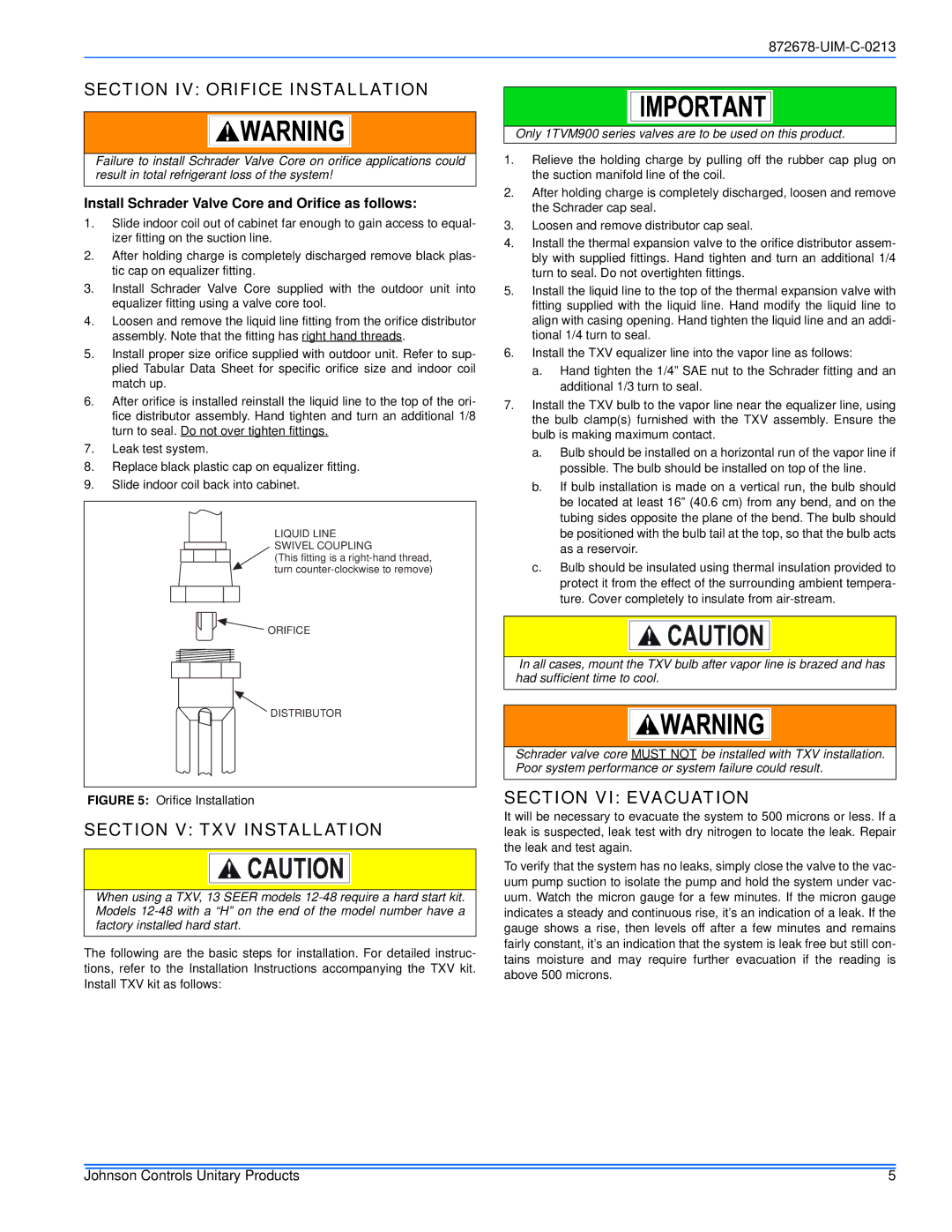F) SERIES, 13 & 14.5 SEER - TCG(D, F), GCGD, TCJ(D specifications
Johnson Controls has long been a pioneer in HVAC technology, and their F-Series air conditioning units, specifically the 13 and 14.5 SEER models, have garnered attention for their efficiency and innovative features. The F-Series models TCG(D, F) and TCJ(D, GCGD) stand out in the market, offering a blend of advanced technology, energy efficiency, and user-friendly design.One of the main features of the TCG and TCJ series is their high Seasonal Energy Efficiency Ratio (SEER), with options of 13 and 14.5 SEER. This high efficiency not only translates to lower energy bills for consumers but also promotes environmental sustainability by reducing carbon footprints. These units are designed to perform optimally in various climates, making them a versatile choice for homeowners and businesses alike.
Incorporating advanced refrigeration technology, the F-Series units utilize scroll compressors that are known for their reliability and efficiency. This type of compressor operates quietly and reduces the chances of breakdown, ensuring longevity and minimal maintenance. Additionally, the variable speed operation allows for better humidity control and comfort, adjusting to the specific cooling needs of the space.
Another key characteristic of Johnson Controls' F-Series is their advanced airflow design. The units are engineered to provide consistent and effective airflow, resulting in even temperature distribution throughout the space. With adjustable louvers, users can easily direct airflow to specific areas, enhancing comfort levels.
The TCG and TCJ models also feature enhanced filtration systems that significantly improve indoor air quality. These systems capture airborne particles and allergens, contributing to a healthier living environment. This focus on air quality is particularly beneficial for families with young children, the elderly, or individuals with respiratory issues.
For ease of use, Johnson Controls has integrated smart technology into their F-Series units. With Wi-Fi connectivity options, users can control their HVAC systems remotely through a smartphone app, allowing for convenient adjustments and energy management. This feature is increasingly important in today’s digital age, where home automation systems are becoming commonplace.
In summary, the Johnson Controls F-Series, particularly the 13 and 14.5 SEER models such as TCG(D, F) and TCJ(D, GCGD), showcase an impressive blend of energy efficiency, advanced technology, and user-centric features. With their reliable performance, superior air quality, and smart technology integration, these air conditioning units represent a solid investment for anyone looking to enhance their indoor comfort while being mindful of energy consumption.

